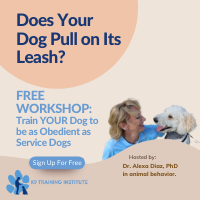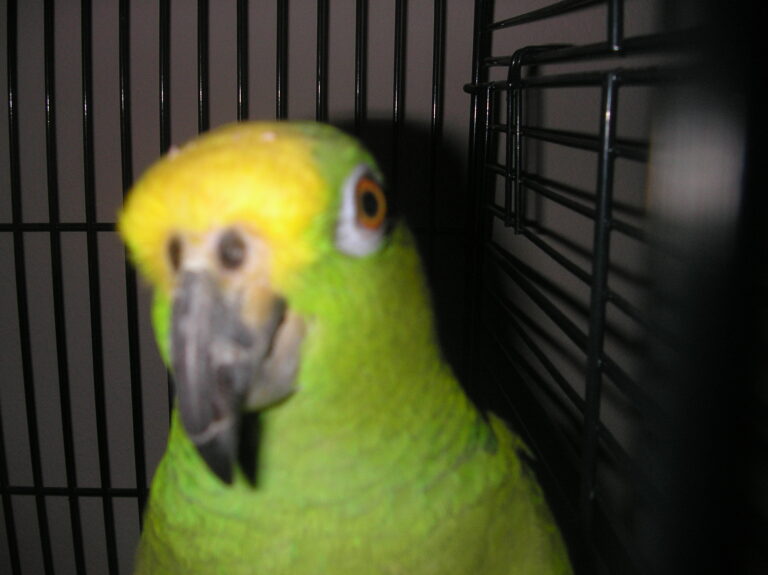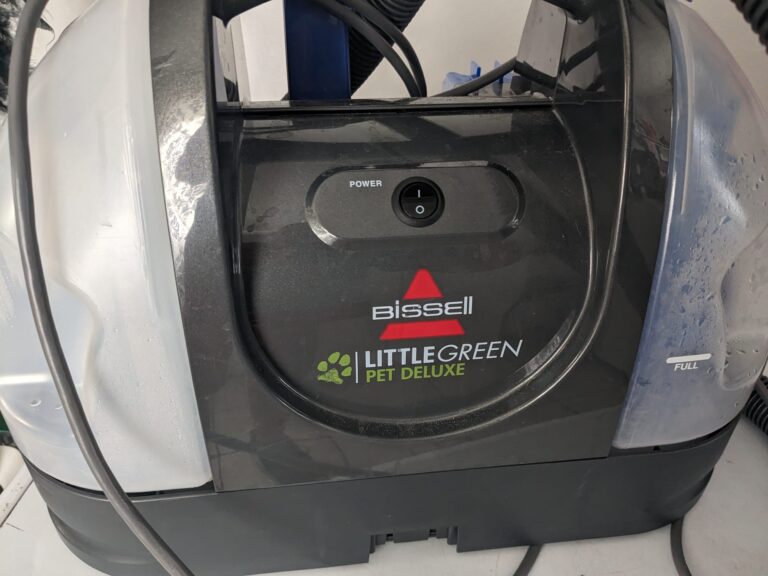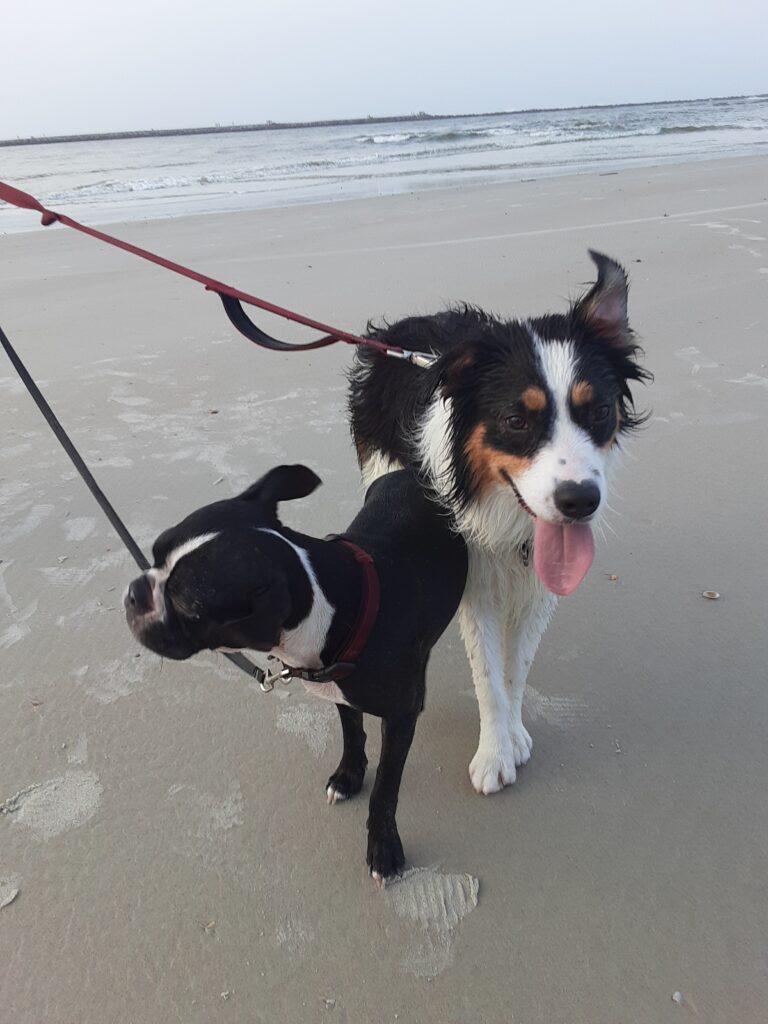“Off-Leash Time for Dogs: Benefits, Responsibilities, and Safety Considerations”
In the world of our four-legged companions, there is something magical about the phrase “off-leash time.” It is a time when your furry friend gets to explore the world on their terms, unencumbered by the constraints of a leash. However, this freedom comes with responsibilities and considerations that every dog owner should consider.
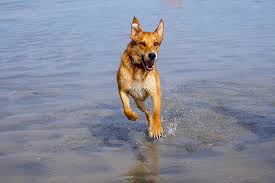

Socialization
Socialization for instance, blossoms in these settings. As your dog interacts freely with other dogs and people, their social skills evolve and mature. They learn the art of navigating diverse personalities and situations, becoming more adaptable and confident in different social contexts. Beyond the benefits to your dog’s social life, off-leash time provides a unique chance to strengthen your bond. It is not just about your dog having fun; it is an invitation for you to join in the adventure. Playing together, exploring new terrains, and sharing those precious moments of freedom forge a deeper connection between you and your furry companion. Furthermore, off-leash time serves as a valuable stress-reliever for dogs; much like it does for humans. Just as we encounter stress and anxiety, dogs can also grapple with these emotions. Off-leash adventures allow them to shed pent-up energy and stress, which in turn leads to a calmer, more composed demeanor. This leaves your dog feeling refreshed and content
Mental Stimulation
The world is a fascinating place for dogs, full of intriguing scents, sights, and sounds. Off-leash time provides them with the mental stimulation they need to prevent boredom and reduce behavioral issues. Off-leash adventures offer more than just physical exercise; they are a gateway to a world of socialization, bonding, and stress reduction that enhances both your dog’s well-being and your connection with them.
Exercise and Physical Health
For dogs, off-leash time is not just an indulgence; it is an essential component of their physical and mental well-being. It grants them the opportunity to stretch their legs, release pent-up energy, and embrace their natural instincts. Therefore, the next time you see that gleam of excitement in your dog’s eyes as they bound freely through the open spaces, you will know that this unbridled adventure is not just a luxury; it’s a fundamental necessity for their vitality and happiness.
The Benefits of Off-Leash Time
Picture the sheer joy sparkling in your dog’s eyes as they dart through open fields or chase a ball across a sprawling dog park. The sheer exuberance they exude is a testament to the incredible importance of off-leash time in their lives. Much like us, dogs require consistent exercise to maintain their peak physical condition. This is not just about keeping them in shape; it is about ensuring their overall well-being. Off-leash time empowers them to engage in vigorous activities, from sprinting and leaping to playful romps, all of which contribute significantly to their physical health. During these off-leash adventures, your canine companion can unleash their inner athlete. With the wind in their fur and the freedom to explore, they revel in a level of physical exertion that simply impossible while tethered to a leash. This unbridled exercise invigorates their muscles, strengthens their cardiovascular system, and helps maintain a healthy body weight. Moreover, off-leash time stimulates their senses in a way that on-leash walks cannot. The wide-open spaces allow them to encounter a plethora of scents, sights, and sounds. This sensory stimulation provides mental exercise, keeping their minds active and curious.
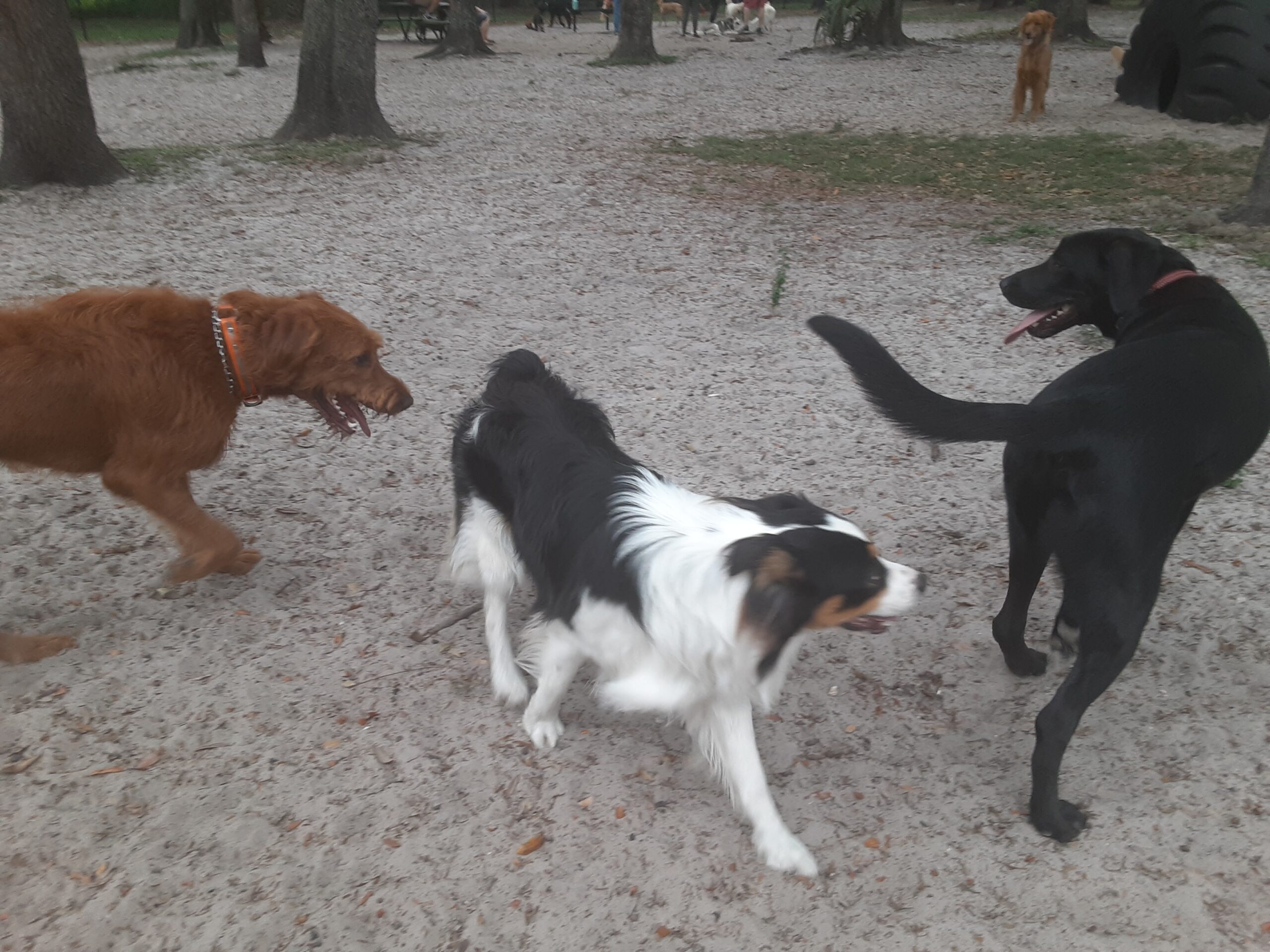
What to Be Careful About
Prioritizing safety is paramount when it comes to enjoying off-leash time with your beloved canine companion. Here are some essential precautions to take:
Ensuring Safety and Security: Before unleashing your dog, it is imperative to thoroughly assess the area for potential hazards. Scan the surroundings for any signs of danger, such as nearby traffic, toxic plants, or the presence of aggressive animals. Clearing the immediate environment of these risks is your first line of defense in safeguarding your dog.
Recall Training: One non-negotiable aspect of off-leash adventures is having your dog’s recall skills honed to perfection. This means your dog should respond promptly and reliably when called. It is not just a matter of convenience; it is a safety imperative. A dog with a solid recall ensures not only their own well-being but also the safety of others who may be sharing the same space. Reliable recall training involves consistent practice and reinforcement. Start in controlled environments, gradually progressing to more distracting situations. Positive reinforcement, using treats or praise, can help reinforce the desired behavior. Remember, a well-trained dog that comes when called is a key to a stress-free and enjoyable off-leash experience.
Other Dogs and People: Navigating interactions with other dogs and people is an integral aspect of the off-leash experience, demanding a vigilant and considerate approach. In this social realm, it’s essential to be acutely observant of your dog’s interactions, whether with fellow canines or humans. It’s a fact that not all dogs are naturally sociable, and their temperaments and social boundaries can differ greatly. Additionally, some individuals may not be at ease around dogs. Thus, it becomes your responsibility to remain vigilant, closely monitoring your dog’s behavior and body language to ensure that interactions are positive and safe for all involved. While your dog luxuriates in the liberating freedom of off-leash time, it’s crucial to maintain control. Mastery of recall skills is paramount; it guarantees that you can swiftly summon your dog if necessary. This control is not just about managing your pet; it’s about preventing any inadvertent discomfort or conflict with others, whether they walk on two legs or four. Continuous monitoring of your dog’s conduct during interactions is key. Be on the lookout for signs of aggression or unease, such as raised hackles, growling, or avoidance. Should you detect any concerning behavior, be quick to intervene, thereby heading off conflicts or misunderstandings before they escalate.
Further, always respect the consent and boundaries of others. Before allowing your dog to approach another, seek permission from the other dog’s owner. Not every dog is in the mood for socializing at all times, and some might need their space. Likewise, remain receptive to any requests or cues from fellow dog owners regarding interactions. Finally, as a responsible dog owner, it falls to you to ensure that your dog’s behavior aligns with accepted social norms. If your dog exhibits signs of aggression or struggles with positive interactions, seek professional training or guidance to address these issues. By practicing these principles of vigilant, considerate interaction and control, you can foster an atmosphere of positivity and harmony during off-leash excursions, where both dogs and their owners can revel in the freedom and camaraderie of the experience.


Clean Up After Your Dog: Always clean up after your dog. Carry waste bags with you and dispose of waste properly to keep public spaces clean and hygienic.
In conclusion, off-leash time for dogs is a source of joy and vitality for both pets and their owners. However, it comes with the responsibility of ensuring safety, proper training, and respect for others. When done right, off-leash adventures can be a highlight of your dog’s day, fostering physical and mental well-being while strengthening your bond.

